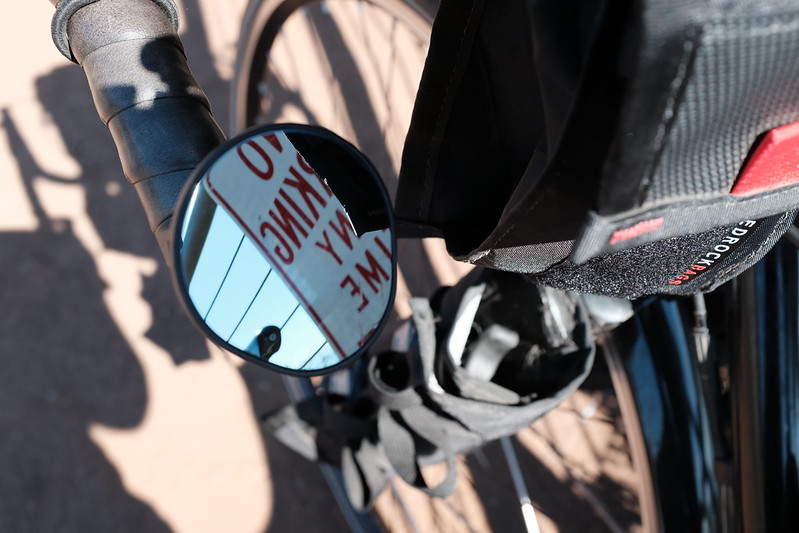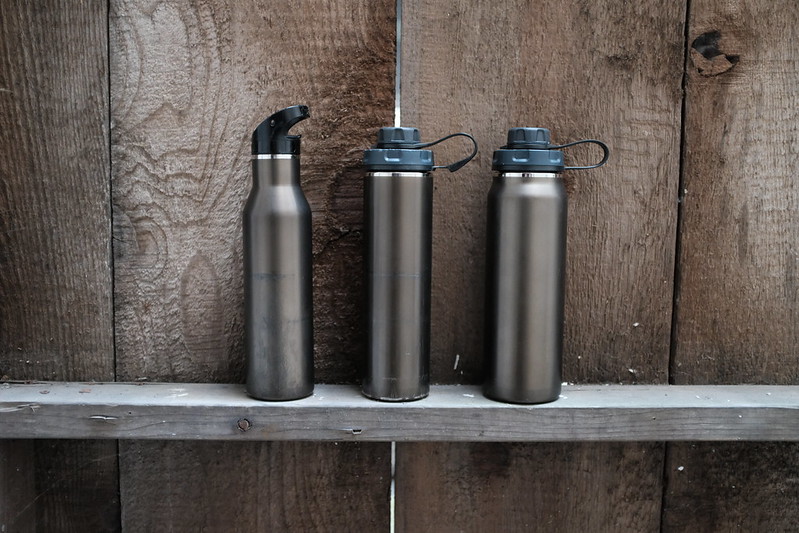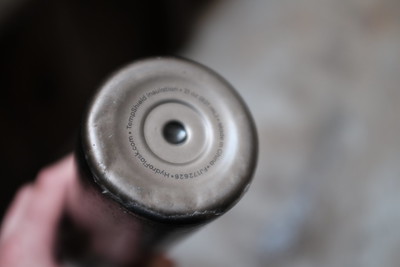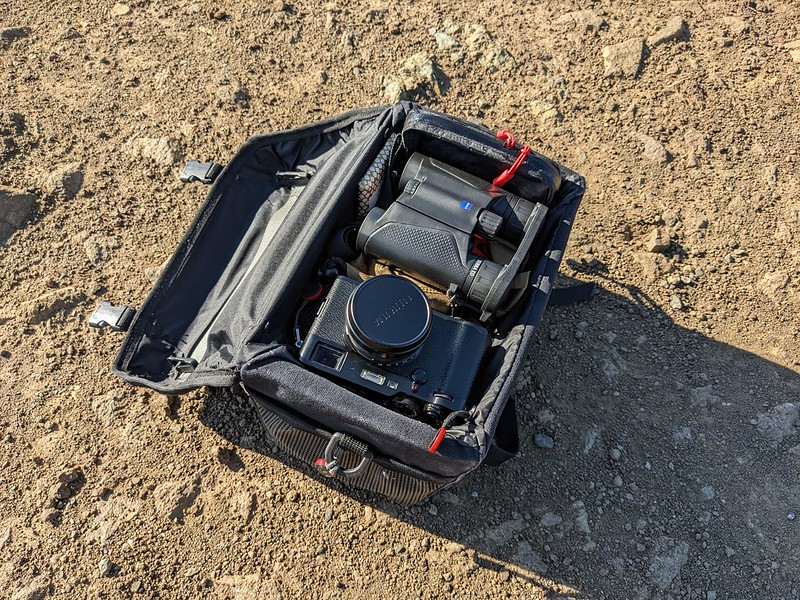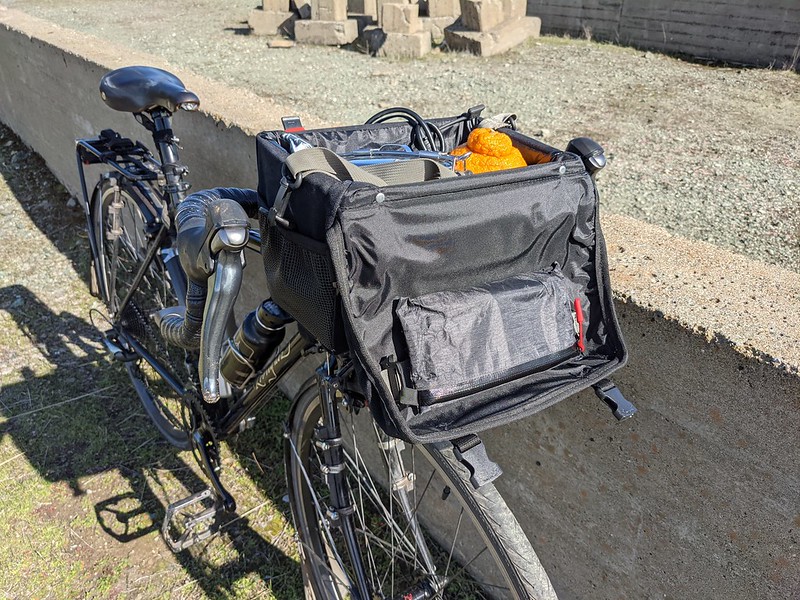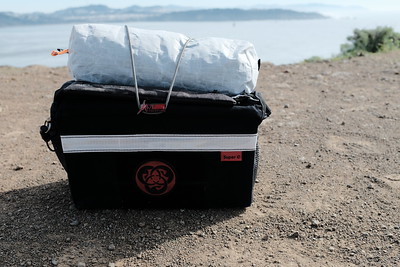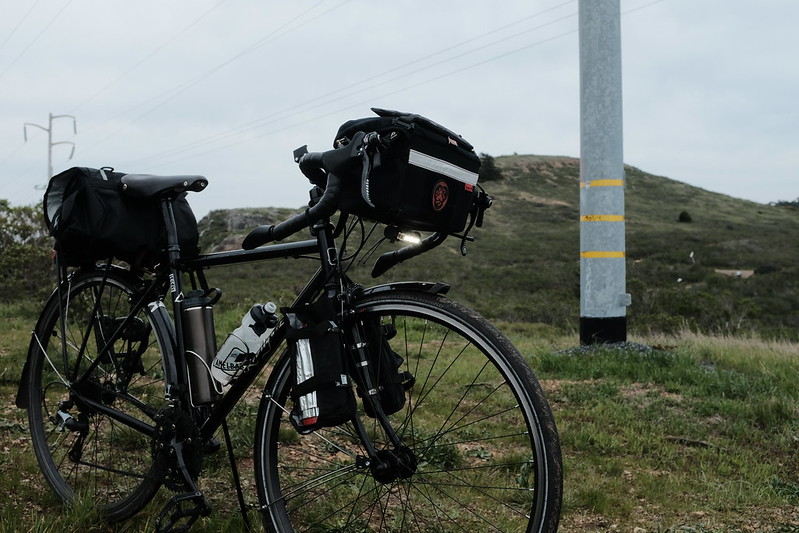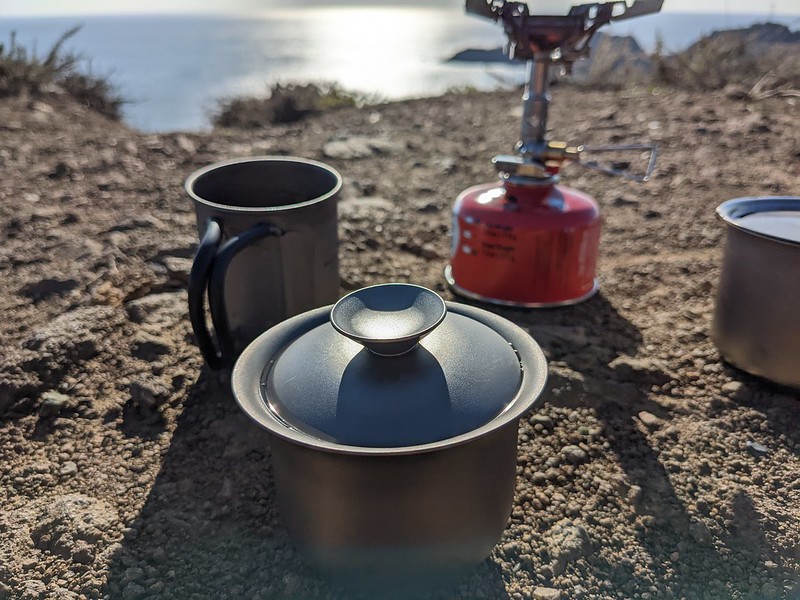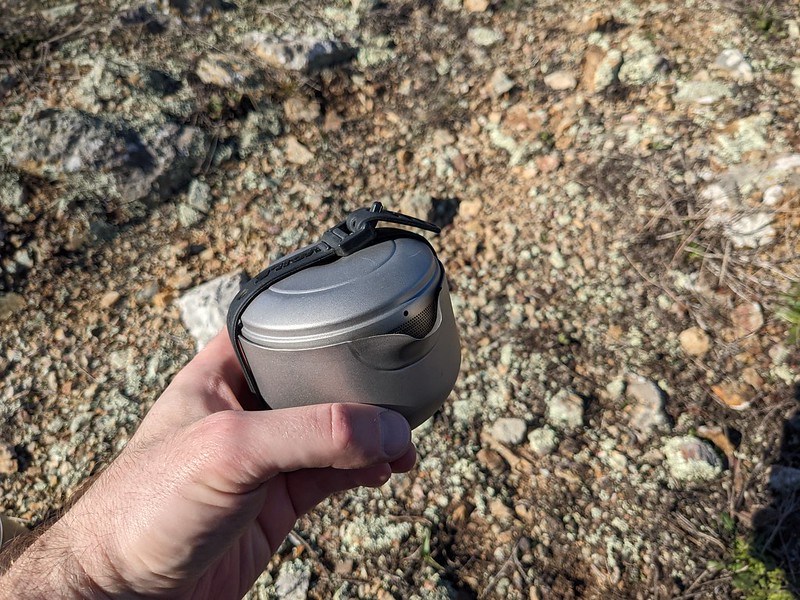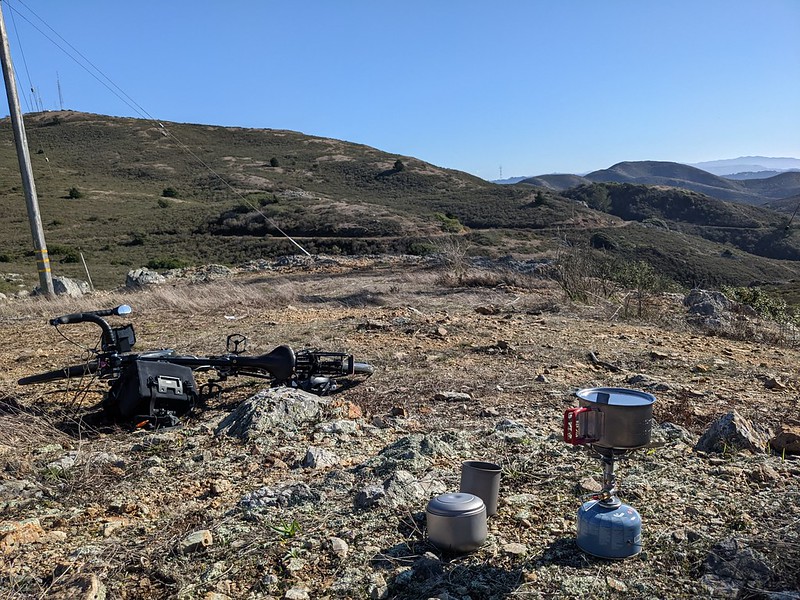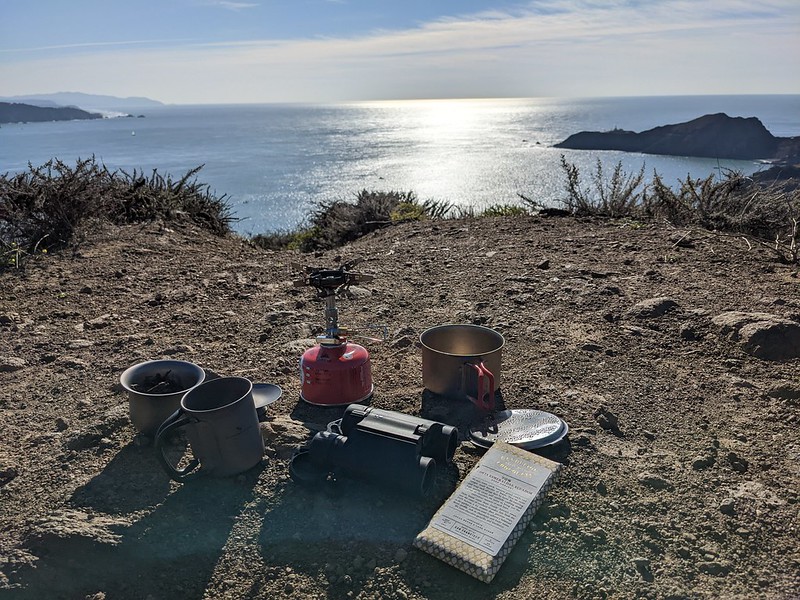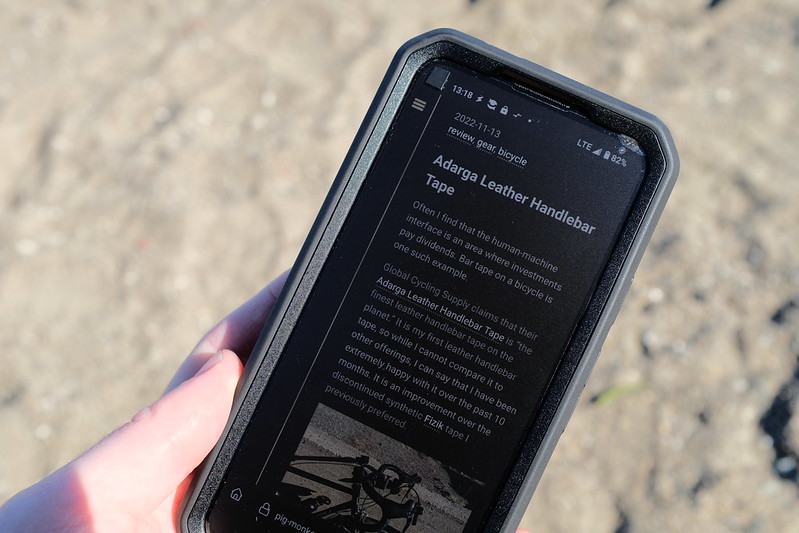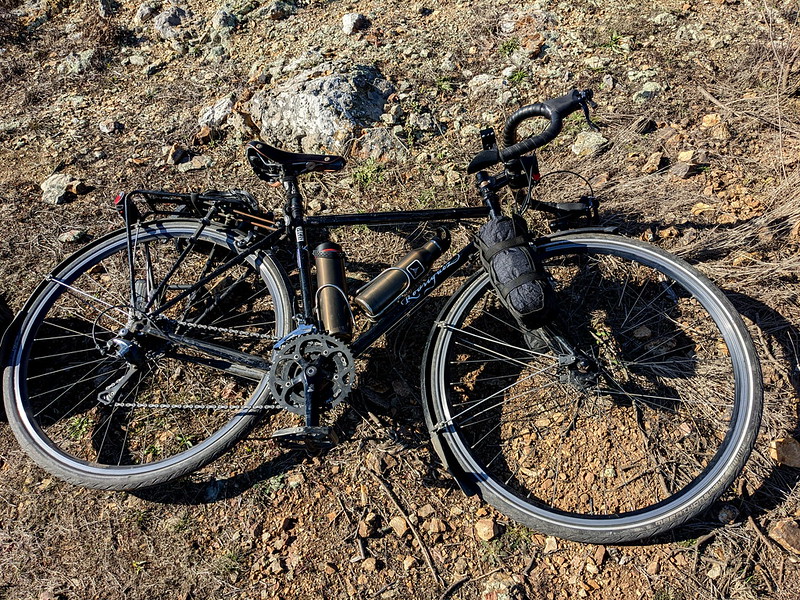Hafney FR-06 Mirrors
Last May I lost my right-side Sprintech Drop Bar Mirror in the baggage car of the Amtrak Coast Starlight. The right-side mirror is less useful than the left-side, so I didn’t bother about a replacement until after pedaling the 1,200 miles back home.
Upon returning, I decided to explore what other mirror options there may be rather than immediately purchasing another Sprintech mirror. I rode with a Take A Look Helmet Mirror for a few weeks, but found it to be less convenient than a mirror mounted to the bike. I messed with the D+D Oberlauda UltraLite Bike Mirror for a couple days. It’s a nice mirror, but I couldn’t find a mounting position that I was happy with on my drop bars. (While messing with this mirror I ended up moving my bell from the left to the right side.) Finally I purchased an FR06 from Hafny Components. I was immediately smitten with this, and bought a second FR06 for the other side a few days later.
The Hafny FR06 uses actual glass for the mirror. It is slightly convex – though less so than the Sprintech – and has a blue tint that does a great job of cutting back on glare. The optical clarity of the mirror is really excellent. This is entirely unnecessary for the application, but once I used it I didn’t want to go back to Sprintech’s chrome-coated ABS plastic.
The FR06 fits snugly into my Rene Herse Rando Handlebars, even with the tail of my leather tape tucked in. After inserting, a bolt is tightened to expand the assembly, locking it into place. The mirror itself is attached to the mounting assembly via a ball and socket joint. A separate bolt allows this joint to be locked in place. Since the mounting assembly can be rotated in addition to the pan-and-tilt of the mirror joint, positioning everything takes a little trial and error. Once the correct position is found, everything can be tightened down enough such that a smart smack will not cause anything to budge. Or it can be left loose enough to allow for in-flight adjustments. I’ve switched between both approaches, and in neither case have I had any issue with visual clarity or the mirror moving of its own accord, even on rough gravel roads.
I mount the FR06 with the logo-side of the assembly facing down. I think this is considered to be upside down, but it allows me to tilt the mirror up a few degrees higher than I otherwise could, providing a better picture of what’s behind me above the actual road surface. With the logo on the assembly facing up I found that the mirror ran into the top of the assembly just 1 or 2 degrees shy of where I wanted it.
The shape of the FR06 mirror is different than the old Sprintech. I don’t find the shape of one to be superior to the other. Both provide me with the image I want to see at a quick glance. But the higher quality look and feel of the Hafney offering makes me happy, and I think contributes to the overall sex appeal of my ride. This is something I prioritize.
